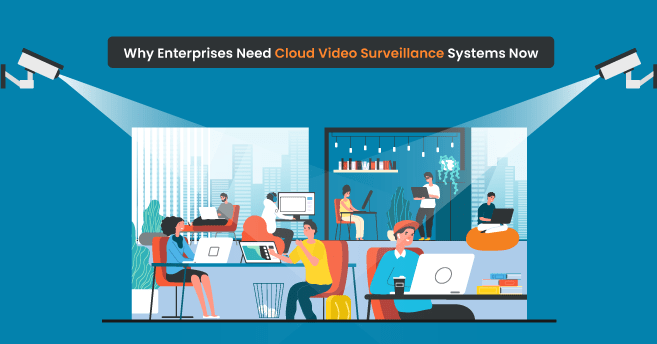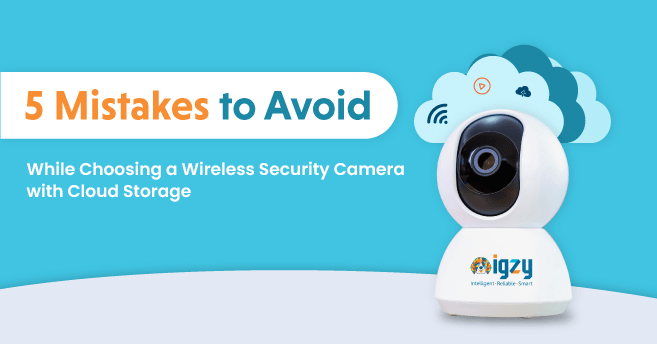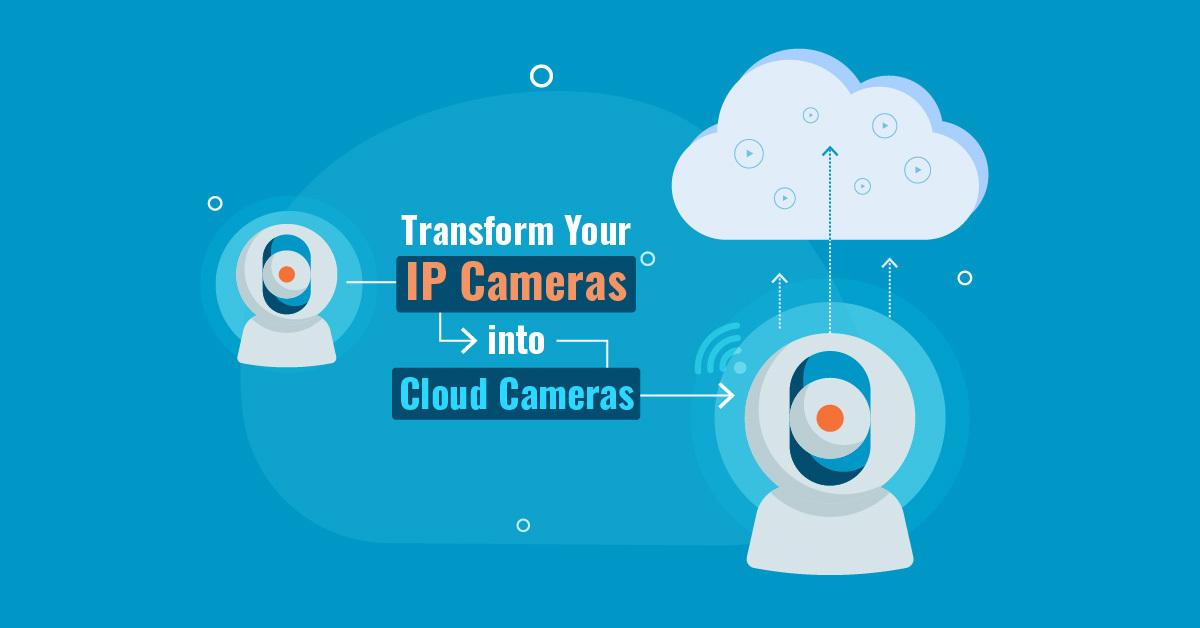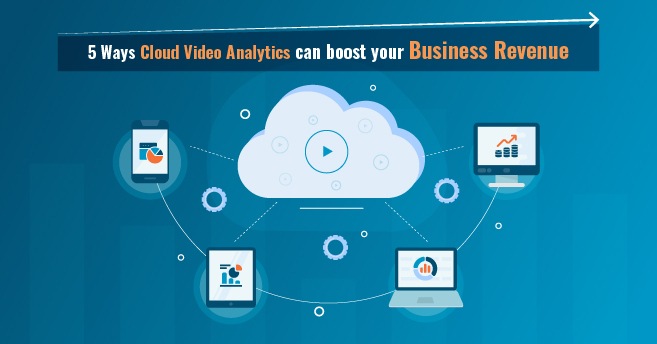AN ERA COMMITTED TO SAFE CONSULTATIONS WITH REMOTE PATIENT MONITORING (RPM)
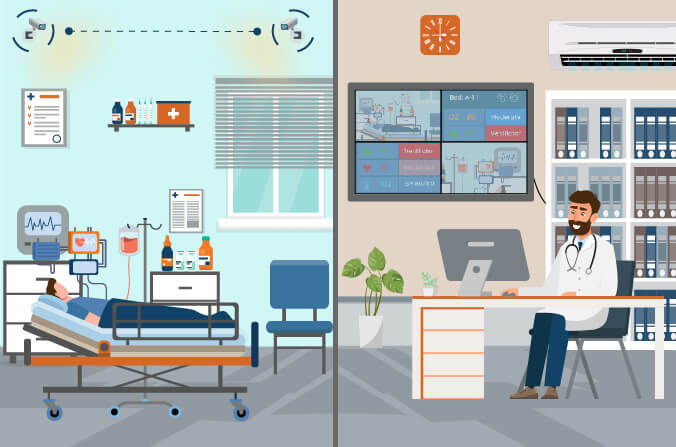
Table of Contents
Hospitals and clinics get hundreds of visitations in a day, some patients being chronically ill while others are visiting for a routine check-up. Unfortunately, the ratio of doctors to patients is quite impractical and leads to several patients waiting in OPDs for hours for a 10-minute consultation. Remote patient monitoring systems allow patients to be treated from the comforts and security of their homes.
REVOLUTIONIZING THE WAY DOCTORS OPERATE WITH REMOTE PATIENT MONITORING
Anybody living in India knows exactly what happens after a challenging surgery success. At least we know what daily soaps tell us, and honestly, it’s not that far from the truth. People thank the almighty for bestowing its grace and then show their gratitude to the doctors. And when things don’t go as planned…..? I’ll let you think about that one.
But if there is one thing that the present times have taught us, it’s that doctors are gracious beings in themselves. Working shift in shift out, you’ll find multiple images of medical staff surfing the internet. Some with scars on their faces because of wearing masks for too long; others finding sleep for a few minutes between emergencies.
Healthcare providers are investing in RPM solutions due to several market factors, including exploding healthcare costs, a rising aging population, the increased prevalence of chronic diseases, and continuous healthcare professional labour shortages.
The pandemic, too, has been a significant driver for the swift adoption of remote patient monitoring systems. With an increase in the number of patients, shortage of hospital beds, and an obvious need for convenient check-ups for the aged, remote patient monitoring has become the star of the decade.
The system is efficient in treating outpatients and avoiding readmissions in hospitals for issues that can be taken care of by regular monitoring and medications. While in the case of a cardiac arrest, a patient requires hospitalization, a man suffering from fluctuations in blood pressure can be treated remotely.
PRE-REQUISITES FOR A REMOTE PATIENT MONITORING SYSTEM
Medical device with data transmission
Modern remote patient monitoring devices capture tons of health-related data without requiring a health care supervisor. Tagged onto ECG machines, sensors implanted under the skin or with the use of wearables like a fall pendant or pulse watch are different ways a patient’s vital signs can be monitored.
All these recording devices must transmit patient’s data over secure networks to be monitored by health care providers. These usually require a mobile application at the patient’s end, connecting the devices via BLE (Bluetooth Low Energy).
Two-way application connecting patients and medical staff
A mobile application interfacing with patients collects data from monitoring devices like wearables and intelligent sensors and sends them to medical staff. While some systems record and transmit regular records of a patient’s vitals, other systems may require the patient to answer questionnaires daily.
On the other end of the spectrum is an application or software monitored by medical staff. This system requires a cloud-based repository for storing all data, historical and real-time. This integrated solution provides staff with the patient’s medical history and present clinical circumstances for easy monitoring.
Cloud-based patient data repository
Depending on the system suitable in certain circumstances, the data sent over to the repository can either be directly sent via the monitoring devices or via the mobile application. However, in both cases, the data is stored over the cloud, allowing doctors and responsible medical staff to monitor a patient’s health and adherence to stated instructions.
HOW IS A BASIC REMOTE PATIENT MONITORING SYSTEM STRUCTURED?
Between storage of patient data and a call back from the doctor, multiple processes take place.
Decision Support
The data collected from the patient’s monitoring device or mobile application is extracted from the repository and compared to the threshold values set by the doctor.
Report
The system, having access to the patient’s medical history and present vitals, automatically saves all measurements in the appropriate reports daily. These are then sent to the physician for review.
Notify
If the inputs are beyond the accepted threshold set by the physician, the system identifies the warning signs. Real-time notification is sent to the responsible medical staff to alert them about the anomalies via email, SMS, or in-app message.
Analyze
All the patient’s data is automatically analyzed to find patterns and predict future events. Data visualization enables physicians to measure fluctuations in vitals easily and make informed treatment decisions.
SOME BASIC USE CASES OF REMOTE PATIENT MONITORING SYSTEMS
Post hospitalization recovery for covid
Covid-19 sufferers are at risk of complications post-discharge. Remote patient monitoring allows physicians to monitor the patient’s vitals, track fluctuations in their weight and blood pressure, trace pulse rates, oxygen levels, and temperature.
The cloud solution collects daily records finding patterns and trends in fluctuations and notifying doctors in case of suspicious changes. Doctors take special care in closely watching the patient’s oxygenation. Measuring it with a pulse oximeter, fluctuations get reported to medical staff in real-time.
Medication adherence
Remote patient monitoring can be utilized for things as basic as medication adherence. This becomes especially beneficial in children or adults who live on their own and might need timely reminders.
The RPM system allows physicians to monitor vitals, conduct virtual visits and video conferences to educate their patients. These systems also prove beneficial as they avoid complications related to overdose or underdose.
Senior home monitoring
Even before the onslaught of the pandemic, senior health monitoring has demanded technological support for home care. These solutions are designed to avoid constant hospital visitations, improve the quality of life for older people, and cut healthcare costs.
In the present economy, not everybody can afford a nurse to check up on patients that are being treated or monitored at home.
These intelligent devices can be used to detect fluctuations in vitals and any accidental movements that might harm the patients. Fall pendants are one such device that notifies family members and medical staff in case of a fall experienced by the patient.
Postoperative cardiac monitoring
A cardiac telehealth program enables doctors to monitor a patient’s heart rate, blood pressure, pulse, oxygen levels, and other necessary parameters after discharge. With a team of specialists on the other side of the software, the patient’s health condition is monitored continuously. This real-time information can be sent directly via the attached machine or through the manual filling of questionnaires.
The program significantly reduces the risk of post-surgical complications and readmissions by keeping specialists in the loop of the patient’s health 24/7.
Chronic and post-acute care
The cloud-based remote monitoring application allows physicians to track patients’ vital signs through the software dashboard. Patients who have gone through surgeries or those with heart failure, chronic pain, chronic obstructive pulmonary disease, cancer, or Covid-19 require specialized care at home rather than in hospitals. The solution captures real-time data regarding multiple physiological parameters, like blood pressure, blood oxygenation, temperature, and others.
SMOOTH MEDICAL CONSULTATION WITH IGZY’S REMOTE PATIENT MONITORING
IGZY, as a cloud surveillance provider, has come through with innovation to take on the tough times. Our solution for healthcare facilities enables remote consultations, keeping physical interactions at bay.
Want more information? Click here to get a one-on-one session with our product specialist.
Here’s a blog recommendation for you- How Video Surveillance is Solving Healthcare Safety and Security Challenges in India

